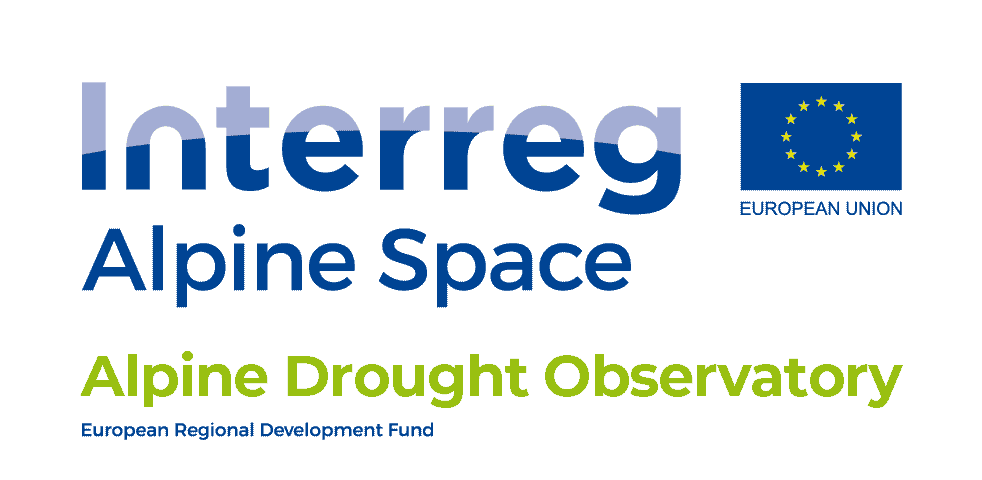
Overview
As water scarcity is becoming a concern in the Alps and in the lowland areas that receive Alpine water, it is increasingly urgent for the countries of the region to define common strategies to act on this issue. To contribute to this process, ADO set up a drought observatory based on a combination of meteorological information and hydrological indices and data, including, for instance, figures on snow cover and soil moisture. Alpine local and regional governments could benefit from this approach, as they improved the efficiency of their drought management and their ability to face related risks.
Factsheet
- 2014 – 2020
- Liveable
- Enhance the protection, the conservation and the ecological connectivity of Alpine Space ecosystems
-
- Group 8: To improve risk management and to better manage climate change, including major natural risks prevention
- 10/2019
- 06/2022
- 1.961.925 EUR
- 1.496.694 EUR
Outcomes
-
Report on the assessment of user requirements for the ADO
StrategyThe ADO project aims to create an online platform for drought monitoring and forecasting with specific indicators for the Alpine Space region. The purpose of this report is to assess user requirements related to the ADO platform.The user requirements come from stakeholders who are either directly involved in the project as observers or who are part of a target group that are considered in the communication strategy. Furthermore, the user requirements were also drawn from the case studies described in WP T5.2 and from the reports of the first national workshop held in the partner countries. -
Report on the collection of drought impacts relevant for the Alpine region: The EDII Alps V1.0 database
StrategyDrought may affect a range of environmental and socio-economic sectors. Assessing a region’s risk to drought requires knowledge about the type of adverse impacts that have occurred as a consequence of drought in the past.In order to improve the knowledge about potential sectors at risk in the Alpine Space region, the ADO project’s aims include the collection, collation and analysis of drought impact records. This report documents the newly assembled EDII-Alps delivered by the ADO project’s work package T3. This report-based drought impact inventory was built specifically for the region on the basis of the classification system of the EDII (European Drought Impact report Inventory). For the purpose of creating an up-to-date drought impact record for the region, information was gathered and transcribed from national databases and reports. Besides the most prominent impact category ‘agriculture and livestock farming’, many impact reports also relate to ‘public water supply’, ‘forestry’, ‘aquatic ecosystems’. The report describes the data collection and provides an overview of the Version 1.0 contents of the new database, which contains more than 3200 impact entries. The data will be used for the analysis of drought vulnerability and risk in the next project phases. -
The ADO Platform
ToolDroughts are becoming an increasing concern in the Alps and in the lowland areas that receive Alpine water. The Alpine Drought Observatory (ADO) provides a tool for a quick and easy overview of the current drought situation in the Alpine region and past drought situations in the last 12-48 month.ADO is integrating data from climate models, satellite data observations and ground station data from all Alpine countries as well as historical entries. The data is harmonized with all Alpine countries and continuously updated daily or every two weeks depending on the observation index. All data is offered on open access under the CC-BY 4.0 license. ADO provides the following data for the entire alpine space on political and hydrological relevant boundaries:- Meteorological indicators such as SPI (precipitation), SPEI (evaporation), and SSPI (snow conditions).
- Satellite based vegetation indicators VHI , VCI
- Hydrological data from monitoring stations Along most rivers in the Alps
- Historical database on drought impacts from scientific articles and media reports
- Vulnerability analysis and relevant data for its assessment

